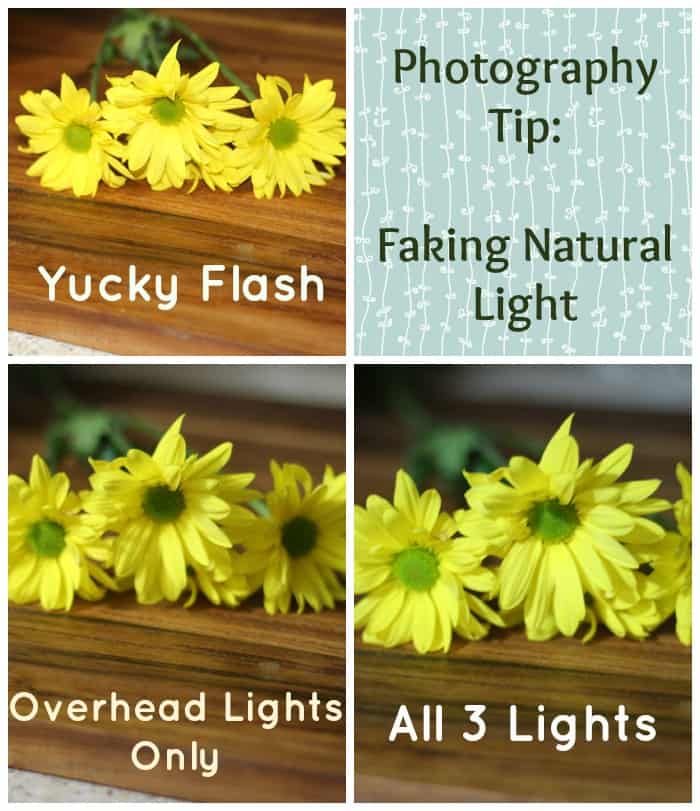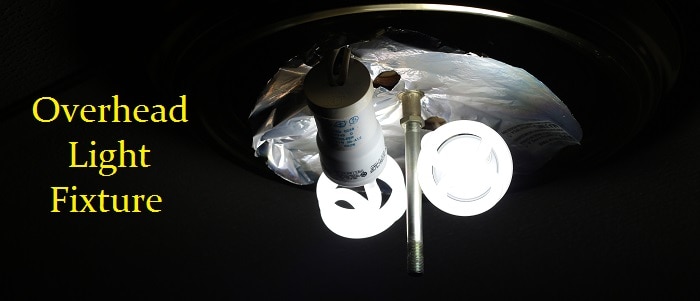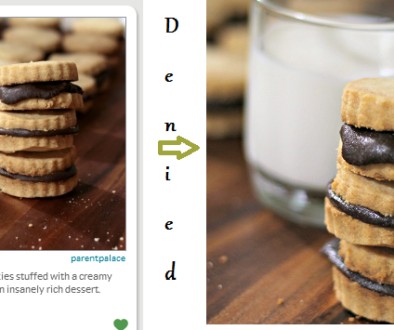Photography Tips: Faking Natural Light
One of the most popular pieces of advice you’ll regarding photography is lighting. Lighting can make or break your photography and is probably the single most important element when taking pictures. When it comes to food photography you have 2 options: make everything during the day while the sun is up or optimize artificial lighting for the best pictures.
Not everyone is able to use natural lighting for whatever reason. Weather and timing are huge factors for me (dark, cloudy days are pretty common here.) Because of that I chose to optimize the artificial lighting in my kitchen. I bought a lightbox from Amazon but it wasn’t doing what I wanted it to do. I don’t like working in such a confined space. Also, the lights that came with the kit weren’t bright enough for my needs. In the long run optimizing my kitchen lighting was cheaper and more comfortable for me to work with.
Here’s how I optimized my artificial lighting in my kitchen.
I bought 3 lightbulbs:
- 1 85 Watt Compact Fluorescent Full Spectrum Photo Bulb Photography
- 2 GE Lighting Energy Smart Spiral 26-Watt, 1650-Lumen Bulb
I also bought a cheap (like $3.0o) floor lamp for the larger bulb. This allows me to move the light depending on the effect I’m going for and to fill in any unsightly shadows.
The 2 GE light bulbs went into my overhead light fixture with a piece of aluminum foil behind them to reflect the light. 
These bulbs allow for great, “natural” lighting when going outside isn’t possible. Of course, if you’re able to use natural light do that, but if not this is what works for me. Depending on what I’m shooting and what mood I’m looking for I may not use both sets of lights. The important thing is to play around and do what you’re comfortable with.

